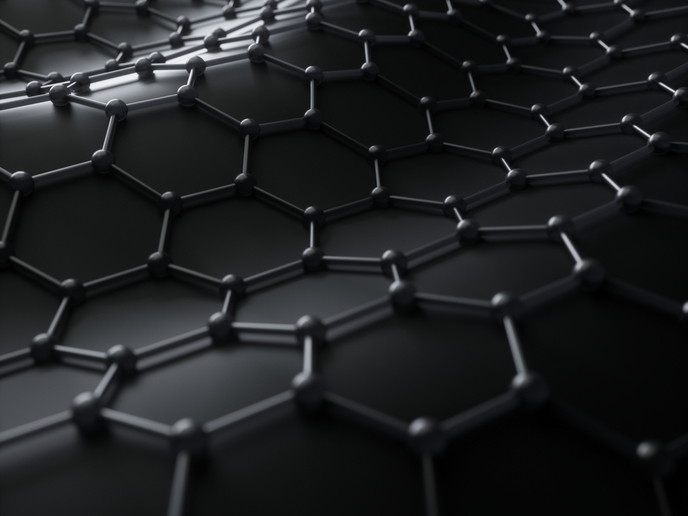How to use graphene to help future space exploration
With its unique properties like strength, thinness, lightness, heat and electrical conductivity, graphene is seen as a potential game-changing material for several industries. From computing to biomedical technologies, solar cells to wearables, this material – made from honeycomb-shaped sheets of carbon just one atom thick – is already being tested in various sectors and applications. Supported by the EU’s 10-year Graphene Flagship initiative, a team of researchers have launched zero-gravity parabolic flight tests to try out graphene-based thermal management devices for space applications. A press release on the project website notes that thermal management is crucial for systems such as satellites and other equipment to perform correctly in space. “Loop heat pipes cool electronic devices and instruments by using the heat they generate to evaporate a fluid inside a wick. The wick is traditionally made of porous metal. In the case of this experiment, the wick will be coated in graphene to improve the heat transfer between the electronic units and the fluid.” New experiment According to the same press release, the flight tests are part of a third zero-gravity campaign, following up from two previous campaigns in 2017 that demonstrated that graphene could improve the performance of loop heat pipes. “This third zero-gravity campaign will test an advanced device at higher technology readiness level, as a further step towards space applications.” Carlo Iorio, senior researcher at project partner Université libre de Bruxelles and coordinator of the zero-gravity experiments, says a sounding rocket campaign will be held in Kiruna, northern Sweden. “The rocket campaign will provide our researchers with six minutes of micro gravity. During this time, we will test fundamental aspects of graphene solutions, the same used to prepare the thermal management devices, essential tools for the future of space exploitation.” Entire value chain The second phase of the Graphene Flagship research initiative covered the GrapheneCore1 (Graphene-based disruptive technologies) project that ended in 2018. As stated on CORDIS, this third stage of the initiative “builds upon the results achieved in the ramp-up phase (2013 - 2016) and the first core project (2016 - 2018), and covers the period April 2018 - March 2020.” Started in 2018, the GrapheneCore2 (Graphene Flagship Core Project 2) will integrate further components in larger systems. Graphene Flagship covers the entire value chain, from materials to components and systems. It was set up in 2013 to take graphene from the realm of academic laboratories into commercial applications by 2023. Graphene Flagship’s core consortium consists of over 150 academic and industry experts across 23 countries. Associated members also contribute to its various research strands. Graphene Flagship is among the EU’s Future and Emerging Technology Flagships addressing major scientific and technological challenges. For more information, please see: Graphene Flagship website
Countries
Sweden



